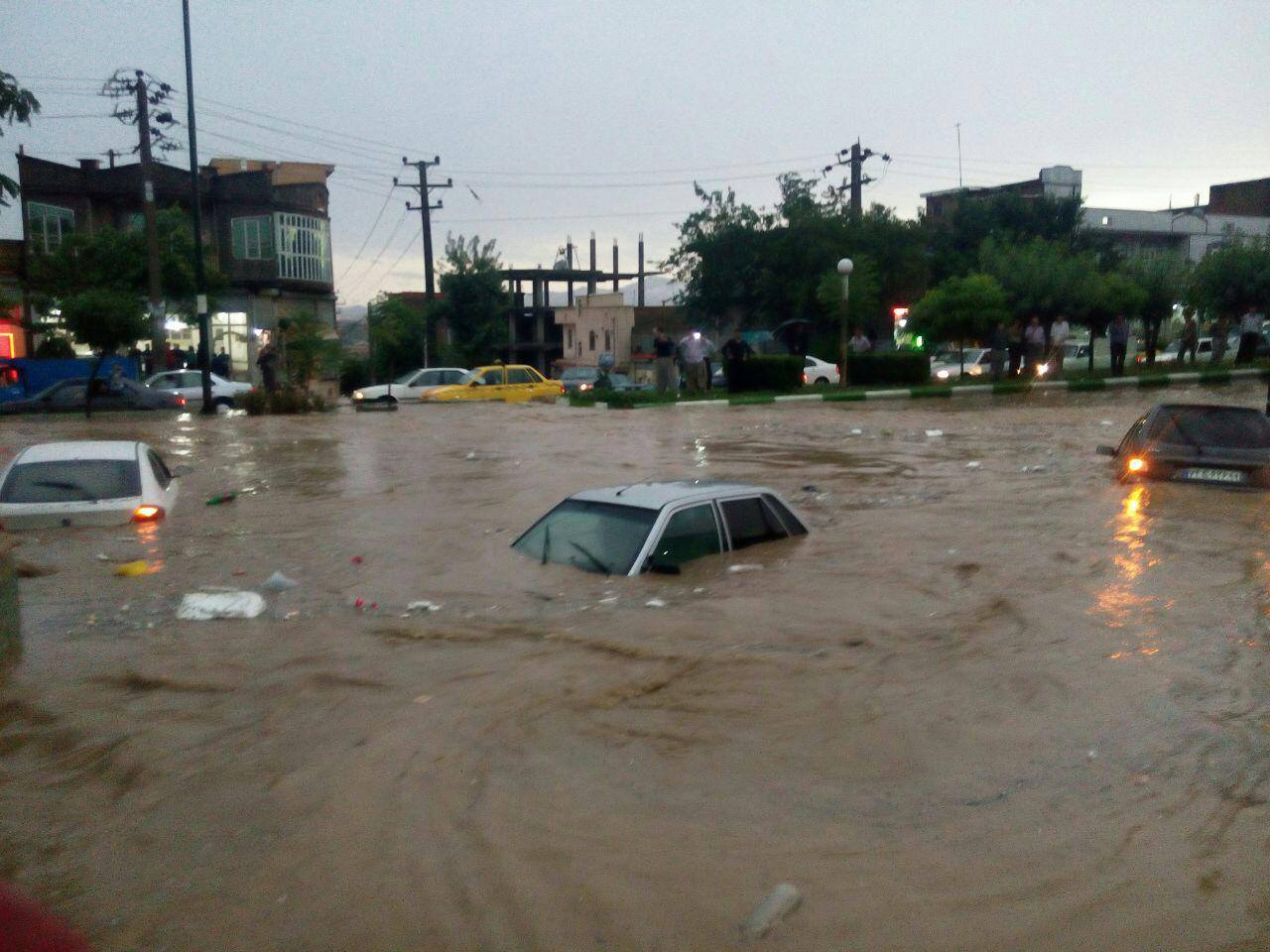Ruinous floods and landslides and lack of effective measures
Summarized background
Last week floods in Jawzjan, Faryab and Sar-e-Pul provinces of northern Afghanistan caused heavy casualties. According to officials, death toll of the floods stands at almost 200 including women and children and dozens more missing.
In another incident on 2nd May, at least 3000 people have been killed and many more are missing, the UN says, after a landslide hit the north-east province of Badakhshan.
Hundreds of houses were buried under mud and rocks when a section of a mountain collapsed following torrential rain.
The floods were described “unprecedented” in last 30 years in the country, during which besides the human casualties, more than 5000 houses have been destroyed, thousands of square hectares fields swept away and left thousands domestic animals dead.
Mohammad Karim Khalili the vice president of Afghanistan and chairman of the response committee to natural disasters along with members of cabinet ministers who traveled to Jawzjan, Faryab and Sar-e-Pul provinces says that the government is ready for assistance during this natural disaster. He promised one residential land for the victims of the floods besides the emergency assistance.
But the question is why the risks of disasters comparing to other countries are so high in Afghanistan and are increasing year by year? Why the government doesn’t implement preventive and effective measures? The analysis board of CSRS’s weekly analysis has analyzed this issue:
Government’s inadvertence for Disasters Risk Reduction (DRR):
However, different regions in Afghanistan are vulnerable to floods and each year floods and other natural disasters cause vast destructions, but fundamental and effective strategies and measures are not conducted by the government. although, some steps are taken to help the victims of these disasters, but the question is why the government doesn’t make fundamental and effective steps towards disasters risk reduction nationwide?
Floods are one of the natural disasters causing vast destruction around the world, however its prevention is not possible but its risk reduction and management of its risks can reduce its destruction level.
According to the researches, DRR (Disaster Risk Reduction) has four periods; first: pre disaster period, second; before disasters take place, third: during disasters and fourth: post disaster period.
One of the important period is the pre disaster period, the government and the responsible organizations can reduce the risks and destruction of the disasters through capacity building, conducting preventive measures and public awareness.
Before the disasters take place, some important measures are required, for example before the winter enters, some measures which are mostly technical must be conducted in order to reduce the risks of the disasters, which is less seen in the activities of the governmental organizations working in this field.
Ineffectiveness of organizations for natural disasters management:
The officials of the Afghanistan’s national Committee for Natural Disasters management are summoned each year to the parliament and are criticized for lack of the sense of responsibility and efficient policies for DRR and emergency response.
It is questionable that the mentioned committee attracts the attention only when a disaster causes casualties and destructions, while this institution owns a big budget and besides that the emergency response committee which is consisted of 21 governmental and nongovernmental organizations and its head is the vice president of the country, is also inefficient.
Floods, earthquakes, avalanches, landslides, contagious diseases, droughts and such others are the disasters which our people usually face with causing vast destructions. It is only after these kinds of disasters take place, the government reacts just with a rudimentary emergency response; but unlike other countries, no pre disaster measures are conducted.
There are fundamental problems in the structure of organizations in the field of natural disasters, and keeping this in mind, renewed structures of these organizations must be introduced.
The vast destruction of these disasters in the current situation of Afghanistan can cause unwanted outcomes, while the country is in its political and economic transition and the second phase of the presidential election, the vast destructions caused by the disasters can be a heavy loss for the country.

